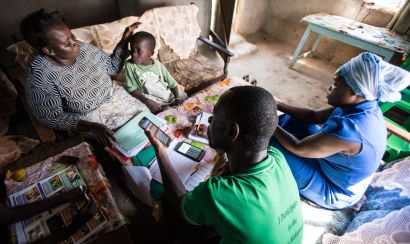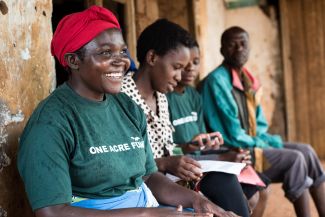Impact study
One Acre Fund Impact and M&E Strategy
This strategy memo explains how One Acre Fund uses impact measurement to prioritize the highest impact products, phase out low-impact offerings, and constantly improve the products and services we offer.

